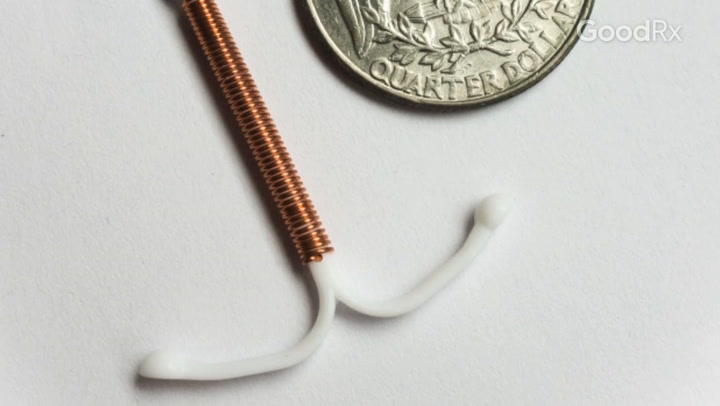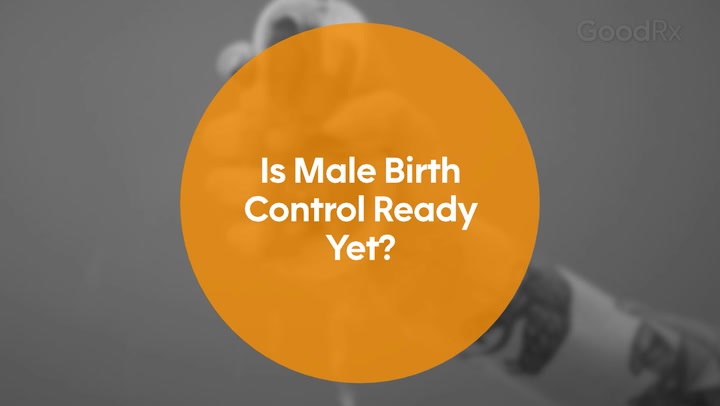
Does It Hurt to Get an IUD? Yes – Here’s What to Expect
Key takeaways:
Intrauterine devices (IUD) are a popular form of birth control because they are effective, they last a long time, and there are nonhormonal options.
The IUD insertion procedure is quick but can be painful, and some patients are not prepared for the pain.
Three women describe their experiences with getting the T-shaped IUD device implanted in their uterus.
Intrauterine devices (IUDs) are a popular way of preventing an unplanned pregnancy. But like all forms of birth control, an IUD comes with pros and cons.
An IUD is one of the most effective forms of birth control and can last up to 10 years depending on the brand. You don’t have to remember to take a pill every day, face the risk of a condom breaking, or track your cycle. Plus, there are hormonal and nonhormonal IUD options. You can use it immediately after pregnancy, even if you’re still nursing, and remove it at any time.
For many women, those reasons and others make getting an IUD the right choice.
Search and compare options
But IUD insertion does come with a caveat: For many women, it can hurt. A lot.
While research indicates that 80% of women who use an IUD are satisfied with their choice, many say they were not warned or prepared for the pain of insertion.
Unexpectedly painful
Lilith Holmes, 32, of Sunnyvale, California, got a copper IUD in 2012. Before that, she had been taking hormonal birth control pills, but she wanted to move to a hormone-free option.
Five types of IUDs are currently approved for use in the U.S. Four are hormone-based and one uses copper. All the IUDs are a T-shaped device that’s inserted into the uterus and prevents sperm from reaching and fertilizing an egg.

“I needed an option that was nonhormonal, and the copper IUD was the option that was recommended to me,” Lilith says.
Lilith headed to her local Planned Parenthood for the insertion.
“I can honestly say that getting the copper IUD was the most painful thing that I’ve ever gone through in my life,” she says. “It felt like the worst menstrual cramp you can imagine mixed with a really bad stomach ache.”
She threw up from the pain, felt dizzy when she stood up, and broke out in a cold sweat.
“It was actually a bit of a humiliating experience,” she says.
Looking back, Lilith says she wishes she had done more research on the procedure first.
“I didn't know until I was seated and prepped for the procedure that there would be any pain,” she says. “It was very painful and unexpected.”
An IUD insertion starts out similar to a regular pelvic exam. You lie on the exam table with your legs in stirrups. Your gynecologist or healthcare professional uses a speculum to open up the vagina and pass the IUD through the cervix and into the uterus.
Cramping, bleeding, or a feeling of pressure are normal side effects. It’s also not uncommon to feel nauseous or dizzy immediately following the procedure.
The insertion itself is usually quick — often less than 30 seconds.
“It was a lot of pain, but it was over very fast,” Lilith says.
She kept her IUD for 10 years and had it removed in 2022. The removal was a less painful procedure. She describes it as feeling like “just a pinch.”
What are your options for an IUD? Here’s what’s available.
Can you buy birth control over the counter? Yes, here are your choices.
What does it feel like to have an IUD inserted? Here’s how three women describe it.
‘Slightly traumatized after’
For 26-year-old Destiny Williams of Loveland, Colorado, the pain of her IUD insertion was also unexpected. And that only made the experience worse.
“I feel like [doctors] downplay it, they water it down. They say, ‘Oh, it’s not that big of a deal, it’s just a tiny itty bitty little pinch, some slight discomfort,’” she says. “And then you’re slightly traumatized after.”

Destiny had her first IUD inserted when she was 18 years old, just after giving birth. She described it as a “solid 10” out of 10 on the pain scale.
“I was in tears afterward, and I was really shaky,” she says. “They didn’t really prepare me for anything.”
She had a second IUD inserted a few months ago.
“It was a little bit better than the first time,” Destiny says. “I kind of knew to be somewhat prepared, but I still had forgotten how bad it hurts.”
Taking Tylenol (acetaminophen) or ibuprofen beforehand doesn’t cut it, she says. And she wishes there were more options for pain management and support during the procedure.
“I have previous sexual trauma on top of it, so to have to sit there and endure something like that was extremely difficult,” she says.
When it comes time to replace her current IUD, Destiny doesn’t know if she wants to face any more insertions.
“I don't know if I can handle doing that a third time,” she says.
Communication is key during the insertion
Megan Hawkes — who is 26 and lives in Washington, Utah — is on her second Mirena IUD.
A combination of things helped her manage the insertion both times: having a supportive doctor, knowing what to expect, and having someone to drive her home afterward.

“My doctor was amazing,” Megan says. “For the first one, she sat me down beforehand and talked through it, which was really nice.”
For someone who has experienced sexual assault, that kind of support and communication is critical, Megan says.
“Honestly, the procedure is traumatic in and of itself,” she says. “But when you’ve been through sexual assault, it’s extremely traumatic.”
The first time she had an IUD inserted, it was relatively straightforward, though painful, she says.
“I was told to take some ibuprofen and I was like ‘OK, I got this,’” she says. “When she finally got it in, I almost passed out. I was in so much pain.”
Her dad picked her up to take her home because there was no way she could drive herself, she says.
The second insertion was more difficult and required another doctor to assist — a male doctor who was on hand, although Megan prefers to work with a female healthcare team.
Again, communication was key. Her female health professional stayed by her side the whole time, held her hand, and advocated for Megan when she needed to take a break because of the pain.
“I said ‘stop’ about three times, but he kept trying to convince me that we were almost [finished]. I was quite literally in tears and starting to shut down,” Megan says. “My doctor said, ‘Nope, she said stop. Hands off.’”
It would have been a very different experience without the support, Megan says.
“Advocate for yourself and, if needed, bring a friend that can advocate for you and hold your hand throughout the process,” she says. “And make sure you have someone to drive you there and back.”
Why trust our experts?




























